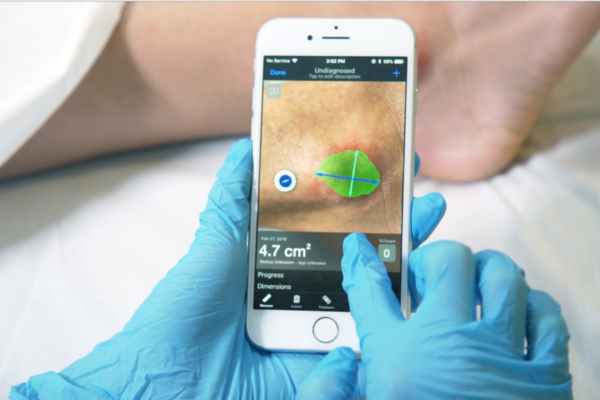The home health industry is in the midst of major changes coming from nearly every direction. There’s no bigger change, however, than the Patient-Driven Groupings Model (PDGM) — the most significant overhaul in roughly two decades relating to how home health providers are reimbursed.
PDGM is scheduled to go into effect on Jan. 1, 2020, but providers need to begin preparing now, experts caution. In general, home health providers see the change from a 60- to a 30-day payment period, the elimination of therapy thresholds and overarching staff education as top priorities as the industry marches toward that date, past surveys have found.
But providers can’t afford to overlook PDGM’s impact on wound care, either.
Indeed, wound care is one of the most frequent clinical groupings and the one utilizing the most in terms of resources, according to recent data compiled by the U.S. Centers for Medicare & Medicaid Services (CMS). The average associated reimbursement with the clinical grouping is $2,090.83.
To figure out how providers can strengthen their approach to wound care, it’s helpful to consider how PDGM will lead to 432 possible Home Health Resource Groups (HHRGs), a change from the 216 described in CMS’ initially proposed Home Health Groupings Model (HHGM) and the 153 that currently exist under today’s payment model. HHGM was eventually scaled back by the industry due to its lack of budget neutrality, which PDGM must maintain as mandated by the Bipartisan Budget Act of 2018.
Broadly, there are five main categories that determine the HHRG assignment for each 30-day payment period under PDGM: admission source, timing, clinical grouping, functional impairment level, and comorbidity adjustment.
Wound care plays an important role in all five of those categories.
HHRG assignment and wound care
For admission source, for example, institutional referrals will be paid at a higher rate compared to those from the community. When it comes to wound care, that means agencies should focus on wound care patients coming from institutions as opposed to those coming from primary care, since these tend to be more complex.
In regard to timing, the first 30-day period of any patient’s home health stay is considered early, while all subsequent, adjacent 30-day periods are considered late under PDGM. The early period is paid at a higher rate than late periods, so home health providers should be cognizant of increasing visits to wound care patients in the first payment period.
Another example: Under PDGM, a 30-day period of care can receive payment for a low or a high comorbidity adjustment — but not both. The low comorbidity adjustment amount would be the same across 13 individual comorbidity subgroups, while the high adjustment amount would be the same across 34 comorbidity subgroup interactions.
Due to the fact that wound care patients in most cases have multiple comorbidities, it’s paramount for providers to understand and report on these conditions for appropriate care and reimbursement.
The bottom line
Overall, preliminary projections suggest PDGM will have a mixed result of providers’ reimbursement levels, all depending on their size, patient mix, and referral trends. With so many question marks and fewer than 10 months remaining before the payment model is implemented, providers must find every avenue for securing their operations, including making wound care a priority.
To prepare, providers should increase their understanding and use of ICD-10 coding, collect complete patient health histories with a recording of comorbidities, collaborate between cross-functional teams to provide coordinated care and develop a strong understanding of OASIS requirements by clinicians and coders alike.
It’s also important to note that, in addition to PDGM, CMS is opening the door for providers to allow the cost of remote patient monitoring as allowable on their Medicare cost report forms. The move is expected to promote the adoption of emerging technologies and foster more effective care planning, including the sharing of data throughout the continuum of care, according to CMS.
The bottom line: Wound care, if done correctly and efficiently, is an ideal area for higher clinical excellence and greater institutional revenue.
Moreover, home health providers should specifically work to develop their wound care programs to better serve their unique patient populations, including improving staff retention, training and use of wound care-related technology services.
To learn how to develop your wound care program for the introduction of PDGM click on the banner below to download our latest whitepaper.
Written by Robert Holly at Home Health Care News





